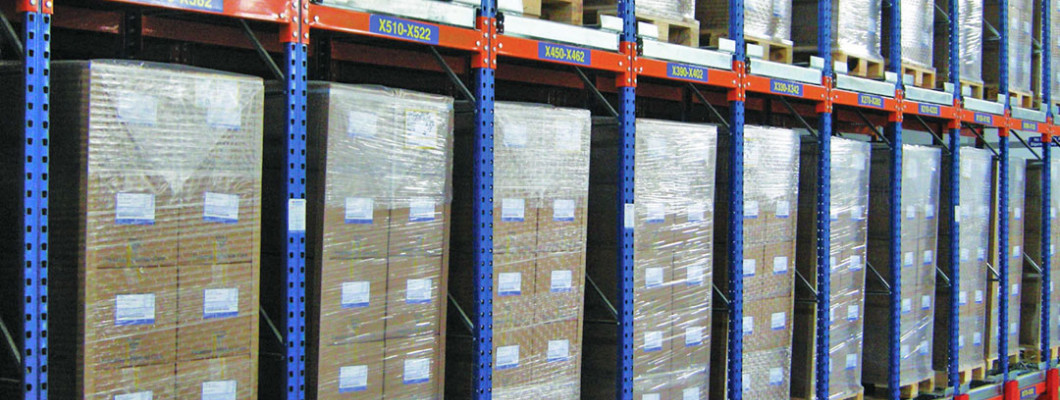
Classification according to the degree of protection from weather conditions
light duty racking system
Warehouses are classified as open and closed warehouses according to the degree of protection from weather conditions.
Open Air Warehouses
There is no structure (building) covering all four sides of the storage area in open-air warehouses. The warehouse area is generally surrounded by a wall, wire mesh or a metal material for entrance and exit control.
These types of warehouses have low investment costs. The products and materials in the open air storage do not need protection against rain, sun, hot and cold weather conditions.
Again, some materials stored in open areas may require protection with a cover (plastic, fabric, linoleum, etc.) during short or long term stays.
The stored materials are in direct and / or indirect contact with the weather conditions. Timber, vehicle, machinery, brick, recycled paper waste and iron scrap can be given as examples of products and materials stored in these areas.
Closed Warehouses
Closed warehouses can be in building types made of various materials (reinforced concrete, steel, metal panel, etc.). The aim is to fully protect the stored materials against weather conditions, even when controlled temperatures and lighting are allowed.
Cold Storage
A special type of closed storages are cold storages. The main purpose of these warehouses is to directly preserve the product intact.
Thus, the shelf life and commercial value of the product can be protected.
Products such as meat, fish, milk, yoghurt, ice cream, vegetables and fruits, medicine are always in the whole chain from the first point to the user; They are subjected to constant temperature control in transport and storage operations.
Transportation and storage operations for products with this feature are called cold chain logistics operations.
Warehouses
a-) According to the degree of protection from weather conditions
b-) According to the type and properties of the product
c-) According to the type of ownership
d-) According to the business function
e-) According to the place of residence
f-) It can be classified according to the level of automation.







Leave a Comment